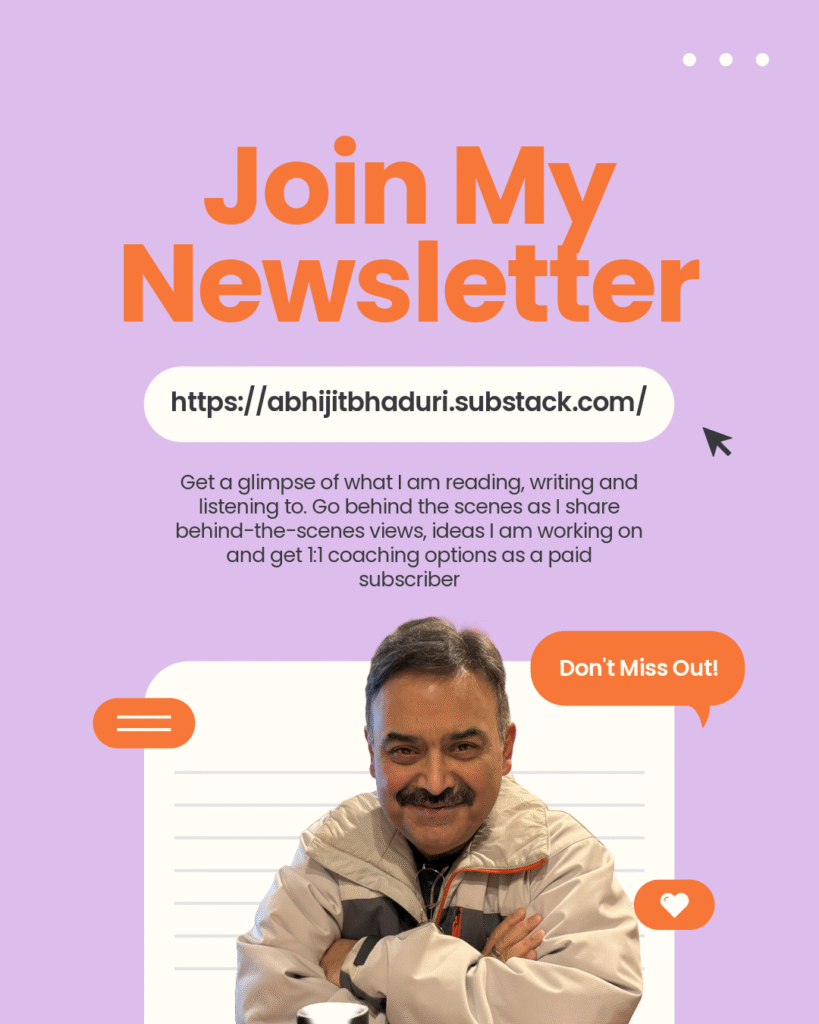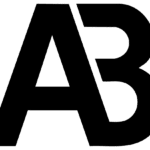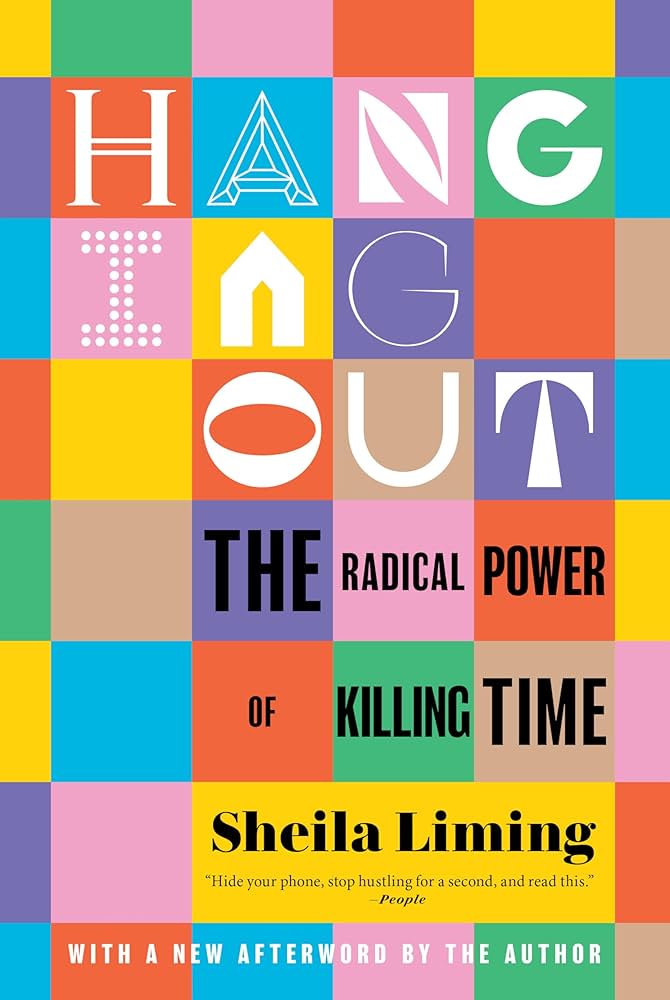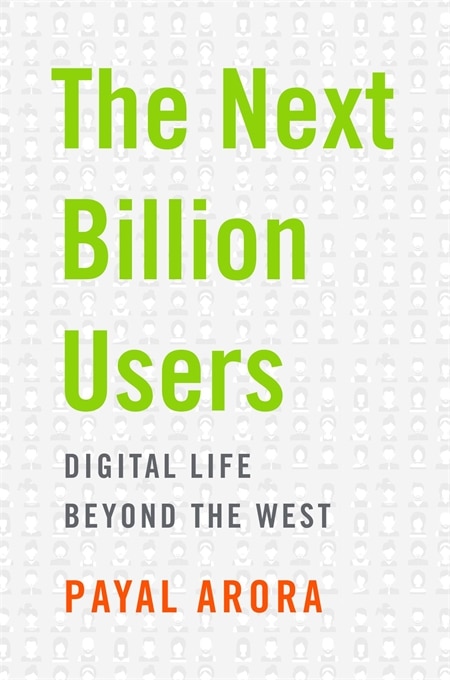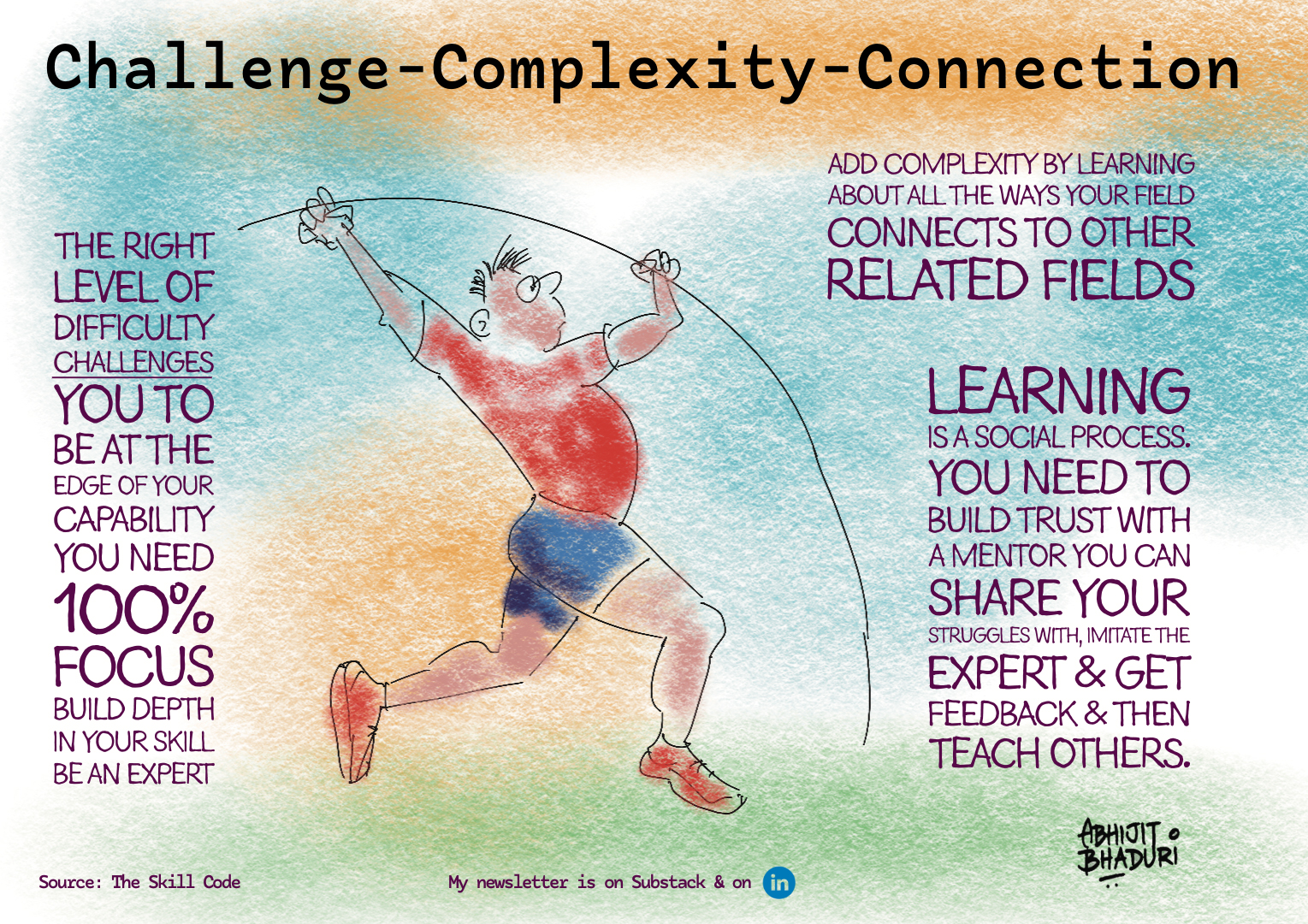
In medieval Japan, young samurai were sometimes assigned to teach older warriors new fighting techniques they’d learned from traveling masters. The old guards’ experience combined with fresh perspectives created unbeatable combinations. Today we call this Reverse Mentoring. Or as Matt Beane says in his book The Skill Code, this is the “Inverted Pyramid” where experienced leaders partner with the fresh hires to learn about AI. The new hires get mind share with the biggies.
Matt Beane writes about skill building in the AI economy
Three Cs of skill development:
- Challenge: Learning happens at the edge of discomfort—when tasks stretch us.
- Complexity: Skill thrives when we see the context—not just isolated tasks.
- Connection: Trust and mentorship enable meaningful learning.
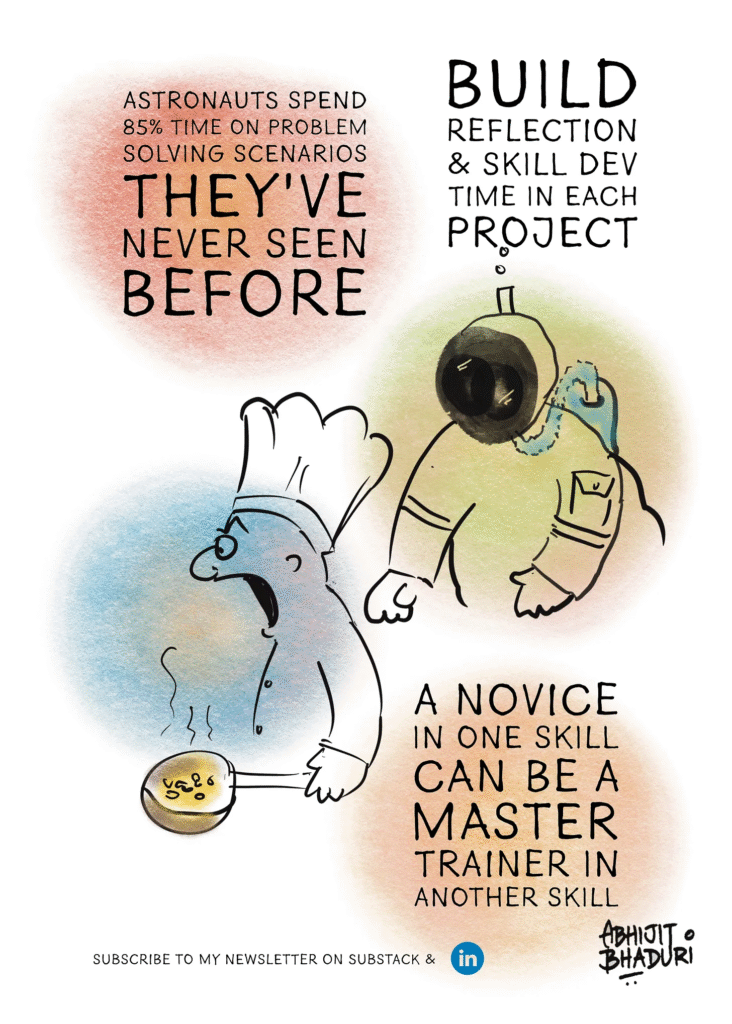
Did you know that astronauts spend only about 15% of their training time learning to push buttons? The other 85% is devoted to problem-solving scenarios they’ve never seen before. That’s exactly what we need to replicate in the age of AI if we think of reskilling.
1. Audit your workflows like a detective Sherlock Holmes famously said his brain was like an attic – he only kept what was useful. Right now, AI might be doing so much heavy lifting that your team’s “attic” is collecting dust. Map out where artificial intelligence has quietly replaced human decision-making. Fun fact: Studies show people lose 40% of a skill within six months if they don’t use it.
2. Embed the 3 Cs like a master chef Julia Child revolutionized cooking by breaking down complex French techniques into learnable components. Your workplace needs the same approach – every task should blend Challenge (like learning to properly fold an omelet), Complexity (understanding how flavors interact), and Connection (cooking becomes memorable when shared). The ancient guild system knew this: apprentices learned through increasingly difficult projects alongside masters.
3. Design “learn-as-you-earn” tasks Benjamin Franklin mastered writing by copying essays, then trying to recreate them from memory, then comparing his versions to the originals. Build this feedback loop into real work. Every project should come with built-in moments for reflection and skill development – like Franklin’s method, but with quarterly reports instead of essays.
Darwin didn’t just collect specimens; he tracked how species adapted over time. Track skill evolution. Are people becoming more creative problem-solvers? Better collaborators? The data should tell a story of human capability growing alongside technological capability.
The goal isn’t to compete with AI, but to become the kind of workforce that makes AI exponentially more powerful through human insight, creativity, and judgment.
Ross Dawson is a futurist. He was speaking to Matt Beane and I tuned in.
